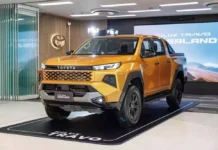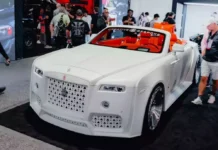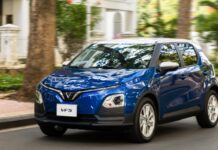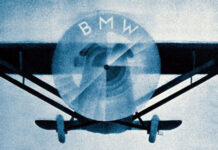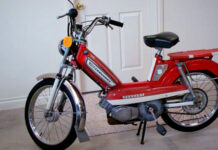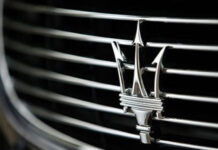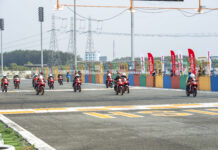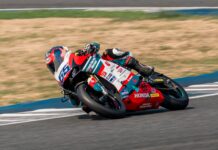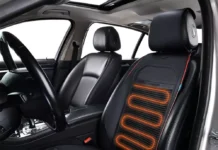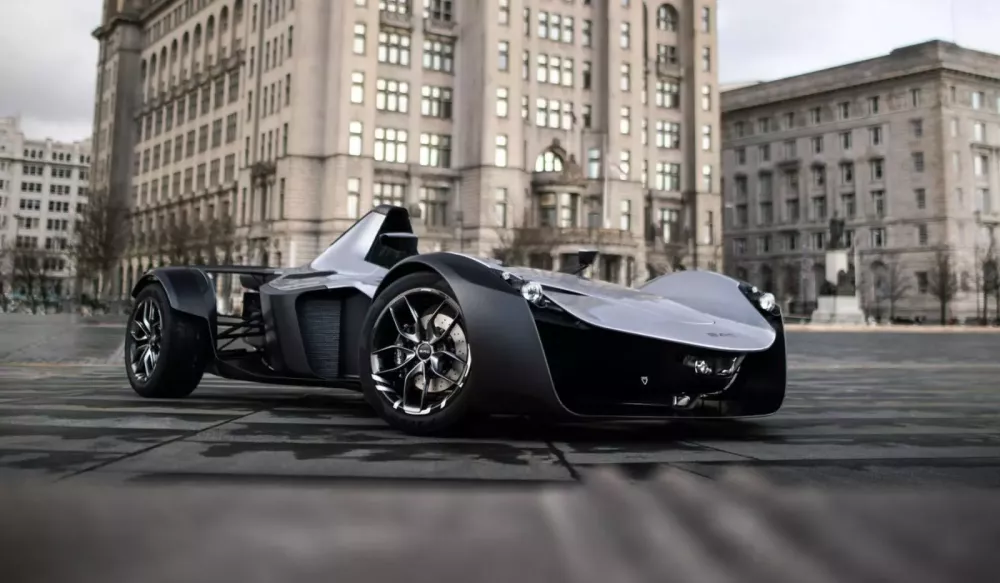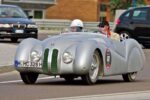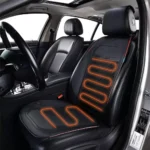Throughout history, numerous sports car manufacturers have claimed to offer models that are the closest to legal Formula 1 cars for the road. However, only a select few have designed their vehicles with a central driving position, a feature solely intended to enhance the driving experience inspired by this high-speed racing discipline.
As you can imagine, sitting in the middle of the chassis has its advantages, from improved visibility to better weight distribution. Several intriguing models offering this seating position have been produced, and in this article, we will examine the five most impressive ones.
McLaren F1
By the late 1980s, McLaren had dominated Formula 1 and become one of the most feared teams in the sport. By the early 1990s, the research group began developing a commercial vehicle aimed at delivering the thrill of Formula 1 driving on public roads.
Although not identical to the single-seat Formula 1 racer, the McLaren F1 astonished the automotive world with its design and specifications upon its launch in 1992. One of the car’s most unique features was its central driving position, with two additional passenger seats positioned further back, one on each side of the driver.


The engine mentioned is a 6.1-liter V12 based on BMW’s M70 engine but tuned to produce no less than 618 horsepower and 479 lb-ft (650 Nm) of torque.
With its powerful engine, F1-inspired suspension, and innovative driving position, the McLaren F1 became one of the most impressive supercars of the 1990s and one of the most legendary high-performance production cars ever developed.
Despite incorporating Formula 1 technology and featuring a central driving position, the McLaren F1 was not a single-seat legal road car. Today, McLaren F1s easily fetch tens of millions of dollars in transactions.
BAC Mono
Less iconic but more accessible, the BAC Mono became the first legal, single-seat road car produced in the UK, something the McLaren F1 never achieved. Developed by a small British manufacturer called Briggs Automotive Company (BAC), the Mono has been in production since 2011.
Lighter and far more affordable than the McLaren F1, the Mono was never equipped with a grandiose engine like the BMW-built V12 in the F1, but it still delivers a thrilling driving experience. Built around a bespoke steel tube chassis, the Mono initially featured a 2.3-liter inline-four Ford Duratec engine tuned by Cosworth, producing 280 horsepower.


The BAC Mono, with one unit in Vietnam, is owned by the owner of the Koenisegg CCX
Since 2015, this single-seat model has been available with a 2.5-liter inline-four engine developed by Mountune Racing, based on the Duratec engine. This engine delivers 311 horsepower in the standard version, while a higher-performance version provides 348 horsepower in the Mono R track-focused variant that BAC offered from 2020 to 2023.
Czinger 21C
First introduced to the public at an event held in 2020, the 21C became the first production model developed by the newly established company Czinger. The American firm, founded by Kevin Czinger and his son, Lukas, made waves with its impressive vehicle, marketed as the first supercar developed using advanced 3D printing technology.

The 21C is a two-seat car, although it features an unconventional inline seating arrangement. The passenger seat is positioned behind the central driver’s seat, contributing to better weight distribution and the car’s aerodynamic body design.
The Czinger 21C is equipped with a custom-built, twin-turbocharged 2.88-liter V8 engine combined with an electric motor. This hybrid configuration delivers up to 1,250 horsepower, making this 3D-printed machine one of the world’s most capable production supercars.
McLaren Speedtail
While McLaren continued to produce road-going models after the F1, none featured the innovative three-seat layout with a central driving position—until the fall of 2018 when the British automaker unveiled the Speedtail.
As the fourth member of McLaren’s Ultimate Series, following the F1, P1, and Senna, the Speedtail was developed to take aerodynamic efficiency to new heights and reinterpret the F1’s three-seat design in a modern style.


Built on an advanced carbon fiber monocoque chassis, this supercar features a stunning teardrop-shaped body with an elongated tail, inspiring its name. The Speedtail is equipped with a twin-turbocharged 4.0-liter V8 engine shared with the McLaren 720, along with an electric motor that enhances performance and power.
The hybrid powertrain is capable of delivering up to 1,036 horsepower, enabling the Speedtail to reach a top speed of approximately 250 mph (403 km/h).
GMA T.50
The McLaren F1 came to life with the help of Gordon Murray, the legendary designer who served as the team’s technical director. Although Murray was not involved in developing the F1’s successors, he surprised the automotive world in 2020 by launching his modern interpretation of the McLaren F1’s successor.


Called the GMA (Gordon Murray Automotive) T.50, this impressive supercar truly resembles a modern-day F1 in terms of exterior design. The interior also echoes the F1, with a central driving position and two passenger seats flanking the driver.
While the ground-effect fan at the rear, a Gordon Murray signature feature, is novel, the T.50 follows in the footsteps of its predecessor with a naturally aspirated V12 engine paired with a manual transmission. The heart of Murray’s masterpiece is a 4.0-liter V12 engine developed by Cosworth, producing 654 horsepower in the standard T.50 and 761 horsepower in the track-focused Niki Lauda edition.
Five years after its debut, it’s safe to say that the T.50 is the worthy spiritual successor to the F1 and arguably a better McLaren than any of the models that followed the iconic BMW-built supercar.
The McLaren Elva: A Dream Come True for Minh “Nhựa”?
The McLaren Elva is an engineering masterpiece and an ultimate expression of McLaren’s philosophy. With its powerful engine and lightweight construction, it’s a thrill-seeker’s dream. However, over two years after its purchase, this supercar is yet to pass its registration inspection and obtain its license plate.


